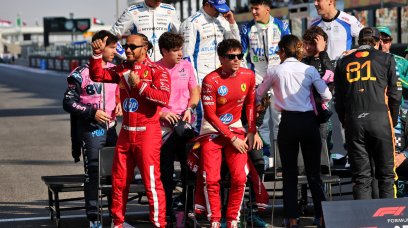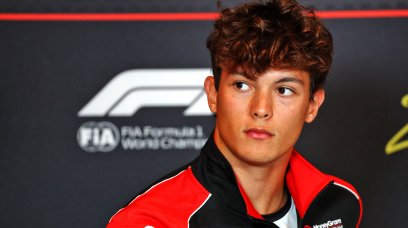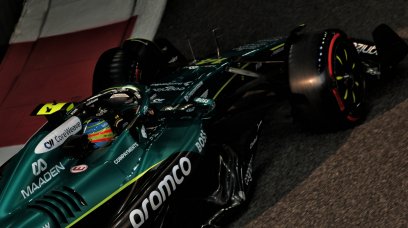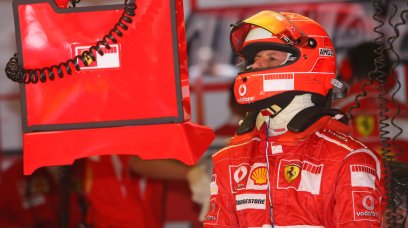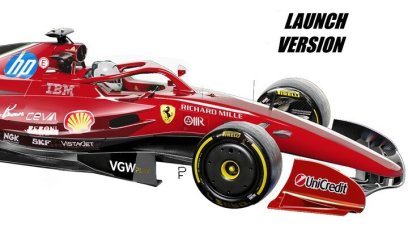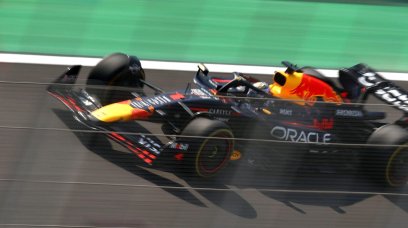It was Ferrari team boss Mattia Binotto himself who confirmed in the press conference after the Austrian Grand Prix that the team's new rear wing is a key factor in their ability to compete with Red Bull on the straights. This new rear wing was introduced in Canada on Charles Leclerc's car, and at Silverstone both of the Scuderia's cars used the new one. At the start of the season, there was a clear advantage for Red Bull on the straights, but now that difference is negligible. This has been noted by Red Bull in light of Ferrari's performance in Austria, with Christian Horner telling media, including RacingNews365.com : "I think they've certainly moved closer in terms of straight-line performance." Ferrari's new rear wing plays a very big part in this, as RacingNews365.com technical analyst Paolo Filisetti explains.
The F1-75's new rear wing
In previous technical analyses on RacingNews365.com , we have already highlighted how the new shape of the wing, characterised by a less accentuated 'spoon profile' than the previous version, reduces drag on the straights. This is the main benefit of the new rear wing, although there is another benefit with the current set-up: thanks to the wing endplates, which are sloped, turbulence at the rear wing is reduced. This component has also allowed the air to exit the diffuser much more efficiently, thanks in part to a modification to the beam wing (the horizontal element between the rear wing and the diffuser), but mainly due to the pressure differences generated in the lower part of the wing's main profile.
Ferrari addresses porpoising with tyre advantage
The new rear wing is important to Ferrari's performance, but it is not the most prominent aspect of the F1-75 that has contributed to its improved performance. This is in fact the Ferrari car's chosen ride height. The ride height compromise allows for better control of the porpoising phenomenon, thus improving the car's performance, especially in terms of tyre management. As a result, the pressure on the floor is better distributed, and Ferrari gain the important advantage of good traction out of the corners. This good traction resulted in less tyre wear during the last race in Austria, an issue that proved to be Red Bull's, and therefore Max Verstappen's, Achilles' heel. The Dutchman repeatedly complained about high tyre wear during the Austrian GP weekend, as well as the lack of traction out of corners. Observing the Ferrari and Red Bull cars at Silverstone, just one week before F1 visited the Red Bull Ring, we saw that Red Bull were dominant in performance there, while the Scuderia's balance was actually excellent. It is therefore important to underline that good traction out of the corners, just like the engine performance, is one of the Italian team's weapons with which they can fight the competition.
Most read
